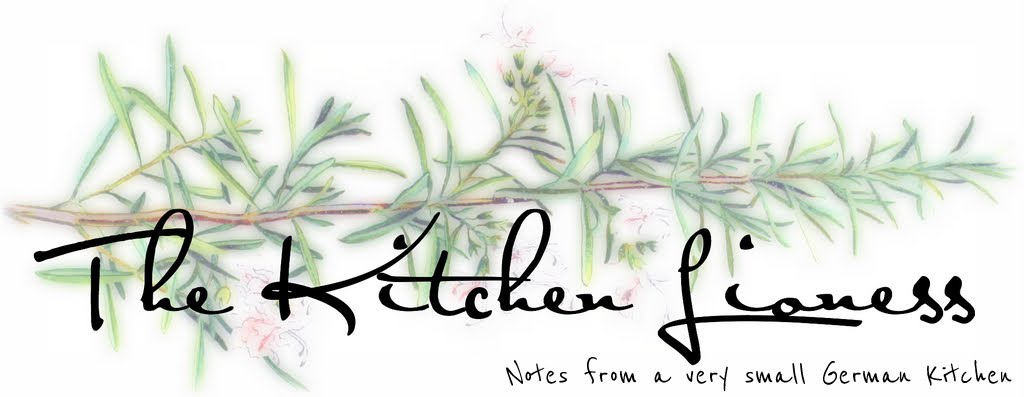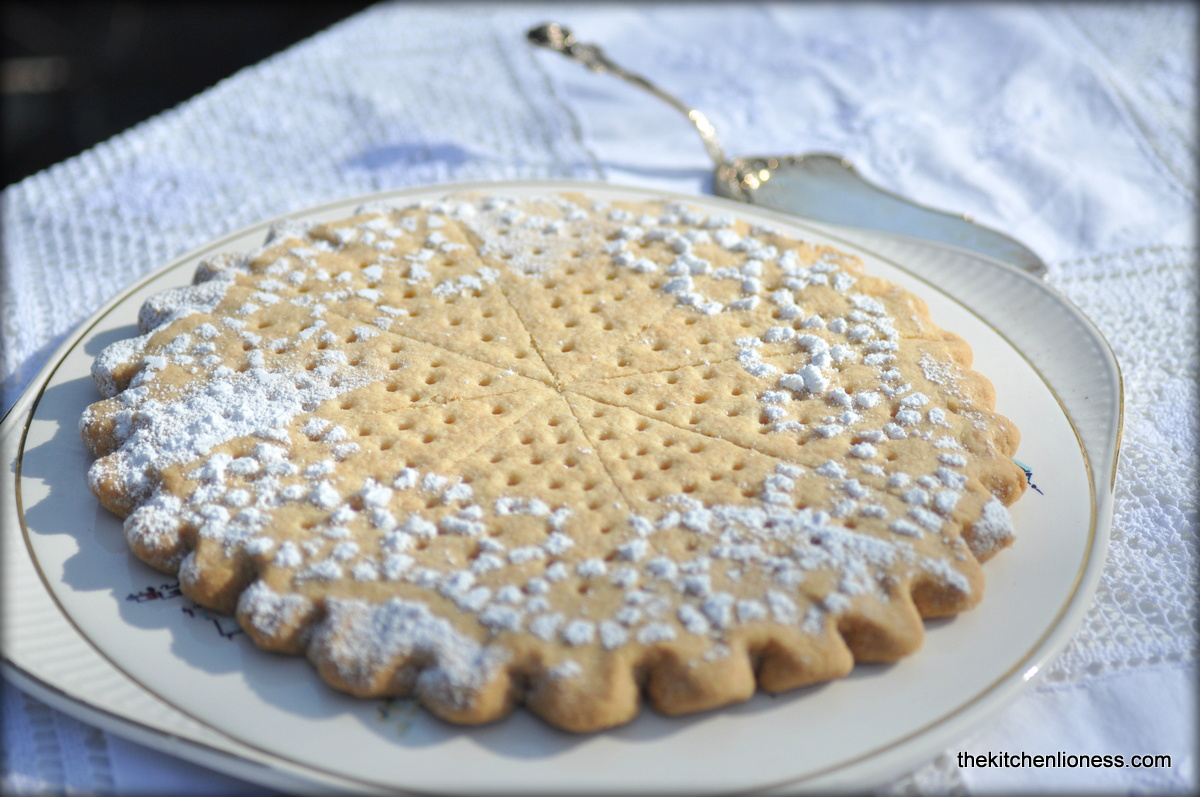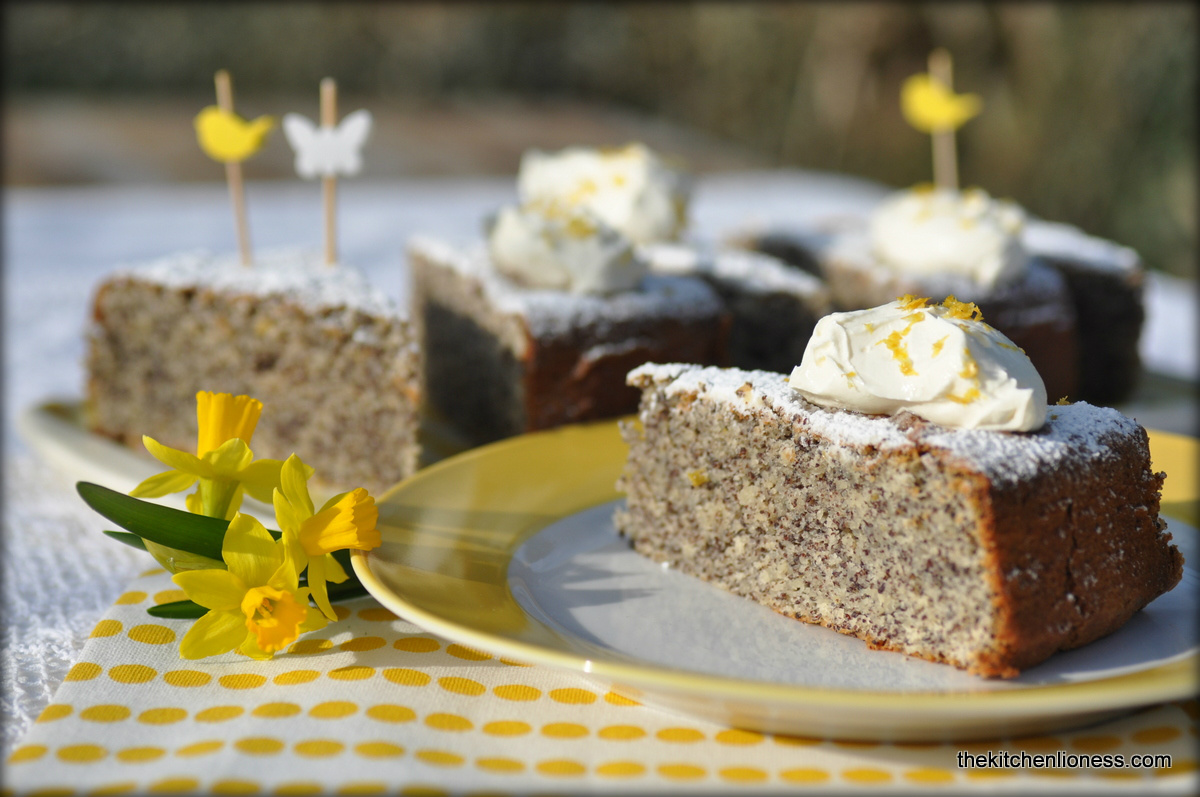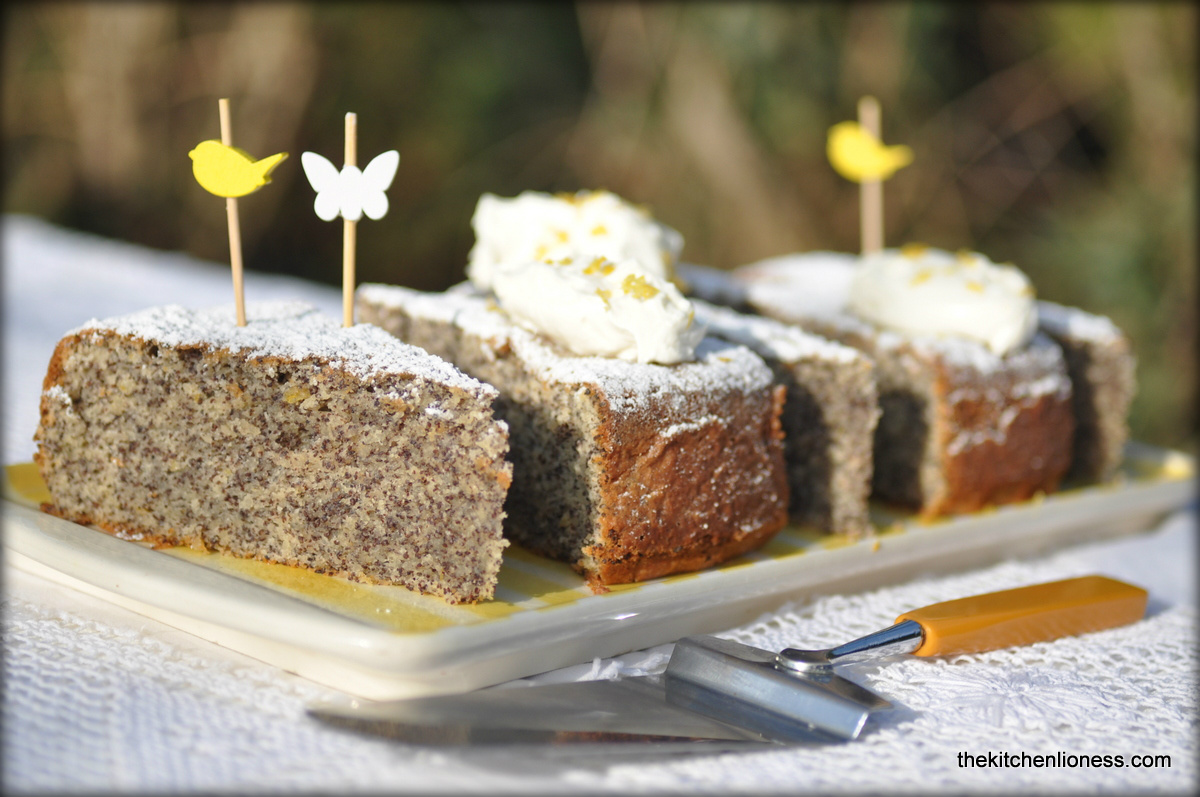March marks the eleventh month of our international online cooking group, The Cottage Cooking Club. As a group, recipe by recipe, we are cooking and learning our way through a wonderful vegetable cookbook written in 2011 by Hugh Fearnley-Whittingstall, called „River Cottage Everyday Veg“.
The Cottage Cooking Club is meant to be a project aimed at incorporating more vegetable dishes into our everyday cooking, learning about less known, forgotten or heritage vegetables, trying out new ways to prepare tasty and healthy dishes, and sharing them with family and friends.
The month of March was our Make-up Month, giving all the members of The Cottage Cooking Club the opportunity to re-visit one or more recipes that they truly enjoyed preparing in the past, as well as, or, to prepare some of the dishes that they meant to prepare in the months before but did not get a chance to do so. - This is my small selection of green dishes for the month of March!
There are not a lot of dishes that I did not make before and some of the vegetables are not seasonal right now, so for my first of the three green recipes, I took the opportunity to prepare something that the kids fell head-over-heels for when I made it for the first time last month, the Cheesy peasy puff turnover (page 220) from the chapter „Store-Cupboard Suppers“ with peas and grated and melted cheese. Ever since I made some of the recipes from this wonderful book that call for ready-made puff pastry, I always make sure to have some in the fridge, always.
In order to change things up, this time I made the turnovers with spinach, ramson aka wild garlic (we even have some growing in our garden) and locally produced goat´s cheese. I came across this amazing cheesemaker who produces artisan, fresh goat cheese a while back and have been going to the cute goat farm ever since. The kids visit the goats while I shop. Who could ask for more.
This version was delicious and it was liked even a bit better by all my devoted taste testers including myself – just showing how versatile the recipes from this book are.
My second recipe was our very favorite salad recipe from the book, the Broccoli salad with asian-style dressing page 316) from the chapter "Mezze & Tapas".
This is broccoli served at its best. With a delightfully fresh dressing of freshly grated ginger, young garlic, rice vinegar, soy sauce and toasted sesame oil, sesame seeds and fresh chives - plus the very first fresh peas of the season (that I steamed together with the broccoli florets) - this was a true spring time treat - we love, love this salad with variations as well. And who could resist adding those sweet fresh peas to the mix - they harmonize so well with the broccoli.
One of the dishes that I am particularly fond of, is also the third one I made again now, the Pasta with greens, garlic and chilli (page 261) from the chapter "Pasta & Rice". I keep repeating that any student should know how to make this. Toss in some slightly wilted spring arugula instead of the winter kale or Savoy cabbage and you will effortlessly have turned a winter pasta dish into a springtime pasta. Such a breeze to prepare with shallots, garlic chilli, sea salt and freshly ground black pepper. Finish with shaving of your favorite hard cheese to add saltiness. And do not forget to use a fun-shaped pasta, such as the so-called ufo pasta that I used this time. Using different shapes of pasta for the same recipes is always a good idea - keeps all those hungry eateres interested and curious.
Many, many other recipes have become regulars (if I may say so) at our lunches and dinners - the Spelt salad with squash and fennel (page 72), the Fennel and goat´s cheese (page 102), the Puy lentil and spinach soup (page 162), the Magic bread dough (pages 172-74), the Tomato, thyme and goat´s cheese tart (page 216), the Mushroom risoniotto (page 258), and the Stir-fried cauliflower (page 376) - also top the list – to name but a few.
Please note, that for copyright reasons, we do NOT publish the recipes. If you enjoy the recipes in our series, hopefully, the wonderfully talented and enthusiastic members of The Cottage Cooking Club and their wonderful posts can convince you to get a copy of this lovely book. Better yet, do make sure to join us in this cooking adventure! There is still time, we are „only“ half-way through this amazing book!
For more information on the participation rules, please go here.
To see which wonderful dishes the other members of The Cottage Cooking Club prepared during the month of March, please go here.






































